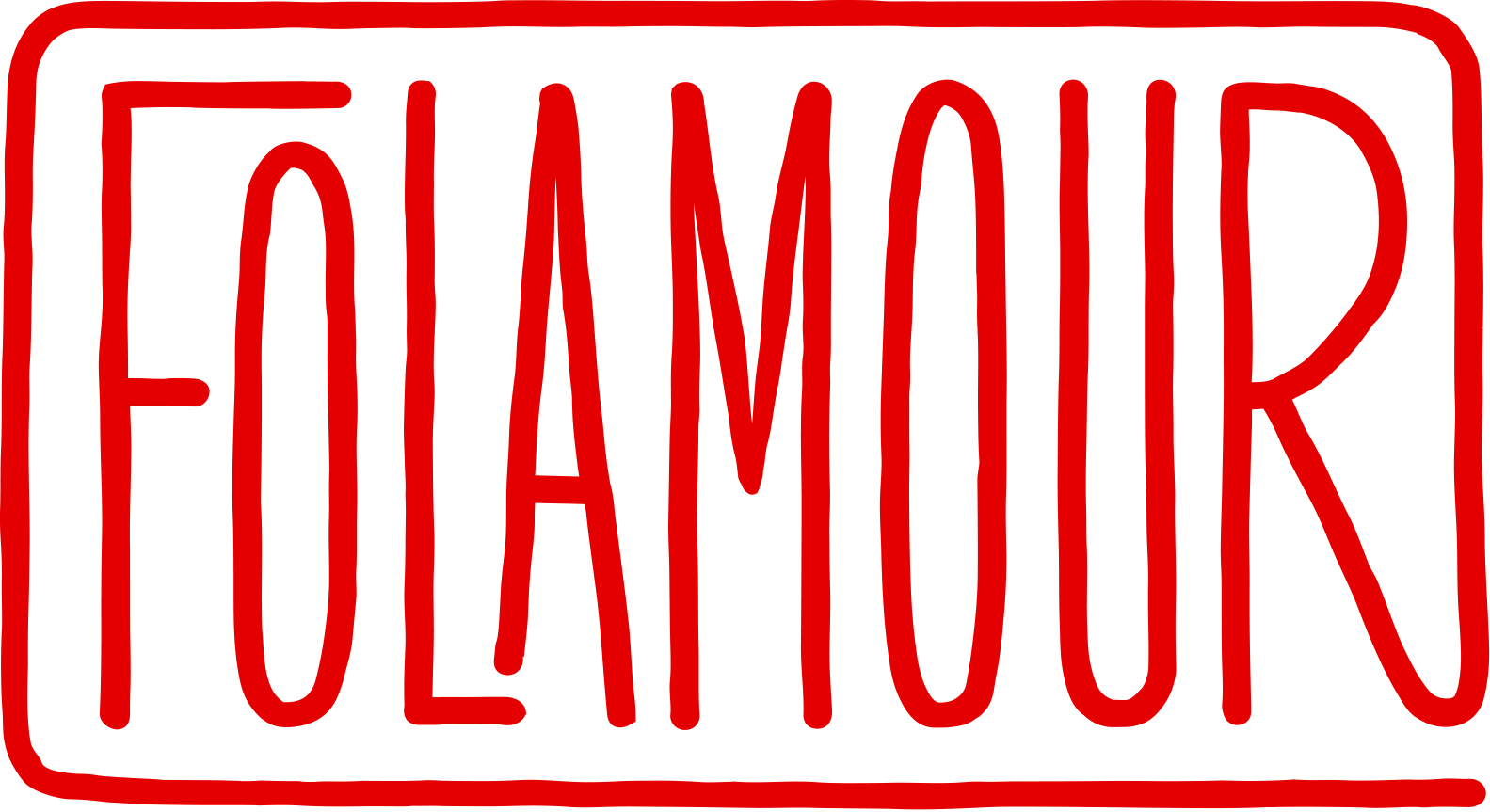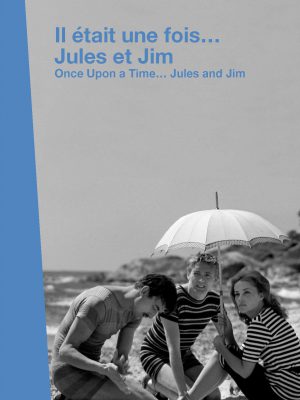ONCE UPON A TIME… JULES & JIM
| Director | Thierry Tripod |
| Writers | Serge July, Marie Genin and Thierry Tripod |
| Image | Caroline Champetier, Hervé Lode |
| Sound | Thierry Blandin |
| Editing | Albertine Lastera, Marie-France Cuenot, Tina Baz |
| Length | 52 minutes |
| Format | 16/9 |
| Versions | French and English |
| Broadcasters | France5, TCM, TSR |
Protagonists:
- Jeanne MOREAU, actress, role of Catherine
- Stéphane HESSEL, the real son of the real Jules
- Serge REZVANI, musician and painter, performer of Albert
- Raoul COUTARD, official chief operator of the New Wave and of François Truffaut
- Jean GRUAULT, scriptwriter and adapter
- Florence MALRAUX, Truffaut’s assistant
- Claudine BOUCHÉ, editor
- Arnaud DESPLECHIN, filmmaker
Portrait of a film: Jules is German and Jim is French. Their friendship begins before the First World War. The trenches oppose them, but cannot separate them. They reunite after the armistice. Catherine is married to Jules with whom she has a little girl. She is also involved in a love affair with a musician with whom she sings “The whirlwind of life”. Jim is still deeply in love with Catherine …And so Jules distances himself from her out of love and friendship. But Catherine is not happy with Jim and they end up parting ways. A few years later, the three of them meet again. Catherine takes Jim to the banks of the Marne and drives their car into the water. Jules is left alone. Adapted by François Truffaut from an autobiographical novel by Pierre-Henri Roché published in 1953, this portrait of an totally free yet still unsatisfied woman offered a magnificent role to Jeanne Moreau and popularized Rezvani’s songs throughout the world. This film, which proposed a new geometry of love at the opposite end of the typical boulevardier adultery, came close to being banned and sparked scandal. More than fifty years after its release in 1961, the trio’s tragic fate became a modern myth.
Portrait of an era: The plot of Jules and Jim, which was originally supposed to take place between 1907 and 1927, was revised by François Truffaut and turned into a manifesto of the 1960s, like other films released at the same time: La Dolce Vita by Federico Fellini, The Adventure by Michelangelo Antonioni, and Jean-Luc Godard’s Breathless. From literature to music, the arts and theatre, the 60s will be one of the most creative and daring decades of the 20th century. Cinema is rocked by the triumphant arrival of the new wave. The character of Catherine played by Jean Moreau in “Jules and Jim” challenges the image of women and heralds the coming sexual revolution. Though period is fertile and delicate, it is also serious and dark: while the film is being shot, the failed putsch staged by generals hostile to Algerian independence takes place in Algiers. On a more peaceful note, the Franco-German reconciliation is accelerating under the auspices of General De Gaulle, who has returned to power, and Conrad Adenauer, two old men whom Jules and Jim seem to mirror in the film, when Jules, the young German boy in the film, is singing “The Marseillaise”.
Portrait of a filmmaker: François Truffaut was 29 years old when he directed his third feature film, Jules and Jim, after ‘The 400 Blows’ and ‘Shoot the Pianist!’. His first film, The 400 Blows, was a portrait of his own difficult childhood. A volunteer soldier, he deserted the army and served time in prison before being discharged. Along with other writers, he then published a series of texts in Les Cahiers du cinéma to defend auteur films and oppose commercial cinema. These were to become the foundation of the New Wave. In 1955, he read Henri-Pierre Roché’s novel, where he found similarities with his own childhood and his scattered loves. Roché died in 1959, before the shooting of Jules and Jim. As a tribute, the filmmaker adapted his friend’s second novel, The Two Englishwomen and the Continent, in 1971. At the peak of his art, François Truffaut died prematurely in 1984, at the age of 52.


 EN
EN FR
FR